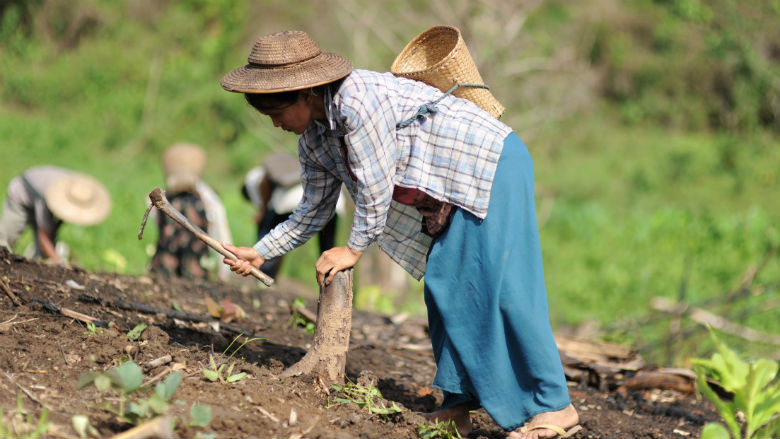Key Findings
A joint assessment prepared by the Ministry of Planning and Finance and the World Bank finds that living standards have improved and poverty declined between 2004 to 2015.
- Poverty steadily declined from 32.1% in 2004 to 25.6% in 2009 to 19.4% in 2015, using the method put forward in the Integrated Household and Living Conditions reports.
- Average household expenditures increased by 15% over the decade, or by 1.4% per year.
- Improvements in living standards are reflected in a number of indicators of well-being, including the more pronounced sales of consumer goods such as motorcycles and televisions. In 2015, over 42% of households owned motorcycles, compared to 10% of households in 2009.
- 37% of people still live near or below the poverty line. This means that they continue to remain vulnerable to poverty.
The decline in poverty is consistent across measurement approaches.
- The report used two methodologies to measure poverty in Myanmar. The first methodology used poverty data collected using the Integrated Household Living Conditions Survey (IHLCA) by the Government of Myanmar and IDEA, UNDP and UNOPS in 2004/05.
- The second methodology was introduced by the World Bank, using the 2009/10 Integrated Household Living Survey data.
- Using this second method, similar trends are seen: poverty went down from 44.5% in 2004/05 to 37.5% in 2009/10 and 26.1%in 2015.
Poverty has declined in both rural and urban areas, albeit at a faster pace for urban dwellers.
- Using the method put forward in the IHLCA reports, rural poverty declined from 35.8% in 2004/05 to 23.3% in 2015 and urban poverty declined from 21.5% in 2004/05 to 9% in 2015.
- Growth in the last decade was lower in rural areas than in urban: 1.1% per annum in rural areas compared to 1.9% in urban areas.
- The more rapid decline in urban relative to rural areas is mirrored in sectoral growth figures, which show a more rapid rate of growth in manufacturing and services than in the agricultural sector over the same period.
The report recommends updating the measurement of poverty used in Myanmar.
- The joint assessment recommends that the Government of Myanmar consider revising and rebasing its poverty measure to better reflect the needs of the population using updated living standards data. Living conditions and the needs of the poor have changed in multiple ways since poverty was first measured in 2004/05.
About the report
- The report is the first of a two-part series on poverty assessment that recommends a revision of poverty measurements for Myanmar.
- Following the acceptance of the recommendation to revise and rebase the poverty methodology, Part Two of the poverty assessment will present a comprehensive poverty profile using a revised and rebased new poverty measure for Myanmar.


